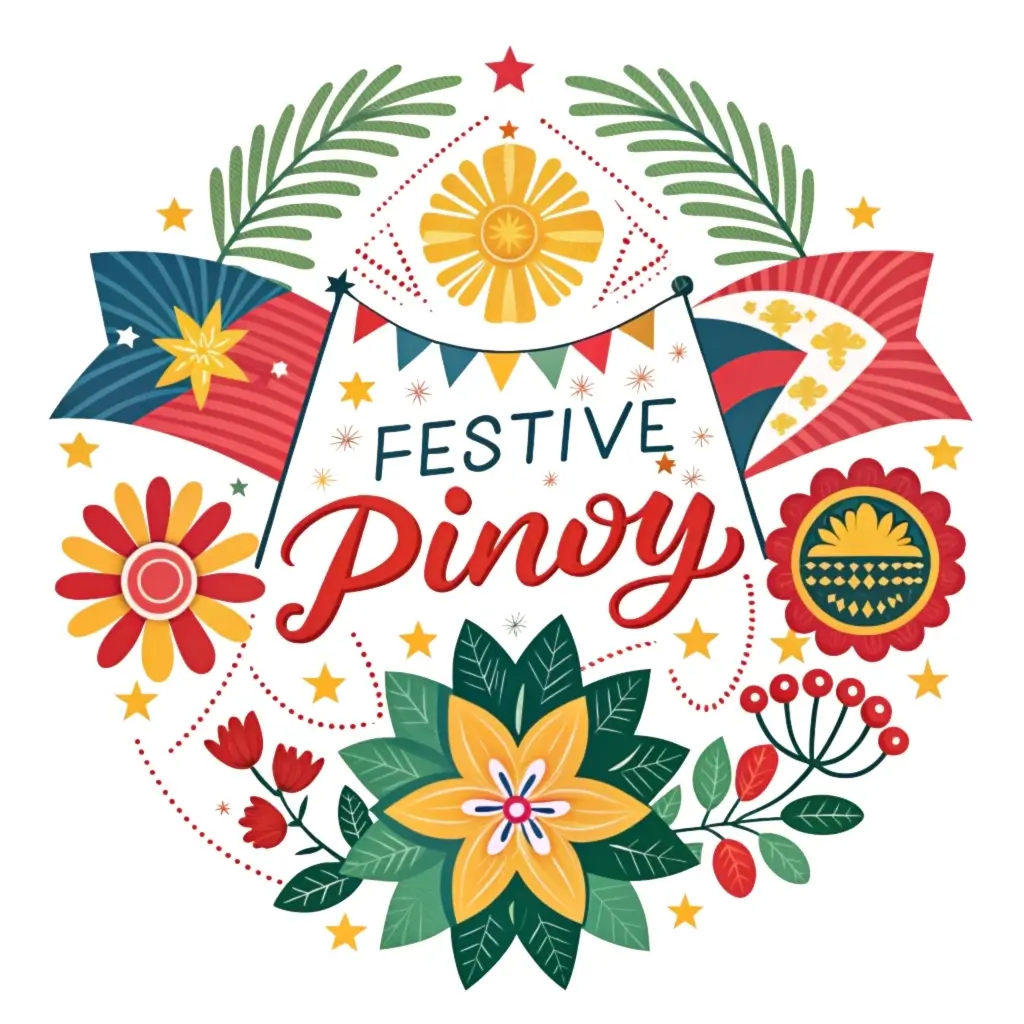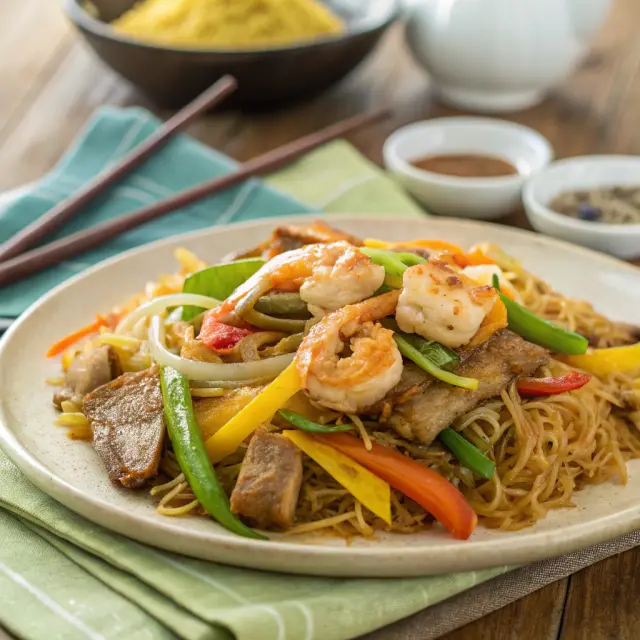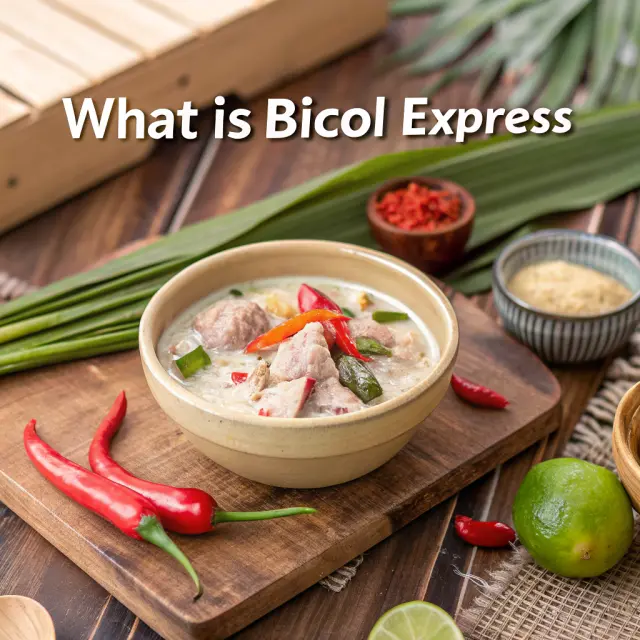What is Yakan Weaving
Yakan Weaving is a traditional textile art practiced by the Yakan people, an indigenous group primarily located in Basilan, part of the Zamboanga Peninsula region in the Philippines. The weaving style is revered for its intricate geometric patterns and vibrant colors, symbolizing the rich cultural heritage of the Yakan community.
History of Yakan Weaving
Traditionally, Yakan weaving was performed with fibers derived from native plants such as pineapple and abaca. In recent years, however, cotton and other accessible modern materials are used. This art form is closely linked with the Yakan people’s cultural identity and was historically used in creating traditional garments, notably for weddings, festivals, and rituals.
The origins of Yakan weaving can be traced back centuries; however, it has faced numerous challenges due to external influences and the migration of many Yakan people away from Basilan. Despite these challenges, the craft is kept alive by dedicated artisans who continue to pass down their skills to new generations.
The Craft of Yakan Weaving
Yakan weaving involves a complex process where each piece is meticulously handcrafted using a backstrap loom. The key feature of this style is its varied motifs, each carrying symbolic meanings. These motifs often depict natural elements heraldries, animals, and even human figures. Artisans spend hours, sometimes days, perfecting their designs, which are deeply rooted in their cultural heritage. The vibrant colors and intricate patterns tell stories of the Yakan people’s history and traditions. Additionally, the textiles produced are often used in traditional ceremonies and celebrations, much like the significance of bagoong in Filipino cuisine, which adds depth and flavor to many dishes, reflecting the rich culinary culture of the Philippines.
A Yakan weaver traditionally starts learning the craft at a young age, ensuring the continuity of this revered tradition. The skill and expertise required to produce the unique patterns are immense, making each piece of Yakan fabric a work of art.
Yakan Weaving in Modern Times
Today, Yakan weaving has gained recognition beyond local communities, and efforts have been made to preserve this heritage. Artisans have adapted to incorporate more contemporary designs while maintaining traditional techniques, facilitating wider appreciation and economic support for these craftspeople.
Frequently Asked Questions
1. Where is Yakan weaving primarily practiced?
Yakan weaving is primarily practiced in Basilan in the Philippines by the Yakan people.
2. What materials are used in Yakan weaving?
Traditionally, fibers from plants like pineapple and abaca were used, but modern Yakan weaving often incorporates cotton and other contemporary materials.
3. What are the common designs found in Yakan weaving?
The designs often include geometric patterns, natural elements, and symbolic motifs that reflect the culture and stories of the Yakan people.
4. How is Yakan weaving traditionally learned?
The art of Yakan weaving is typically passed down through generations, often starting from a young age, maintaining the tradition within families and communities.
5. Has Yakan weaving received recognition outside the Philippines?
Yes, Yakan weaving has gained international attention and efforts are being made to preserve and promote the practice globally.


